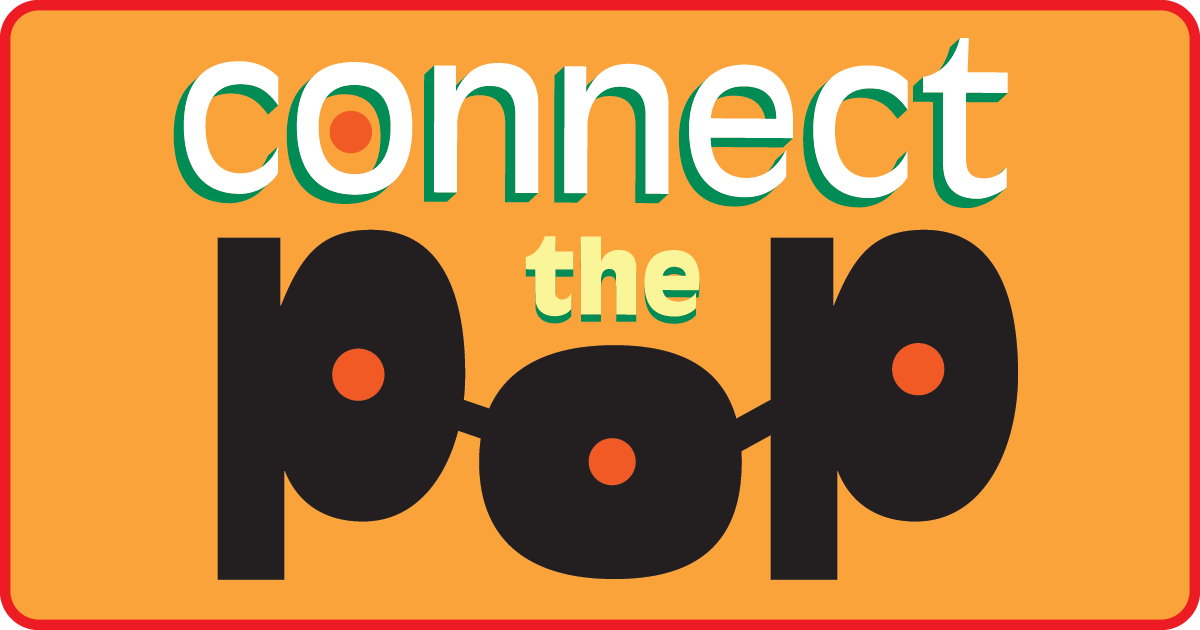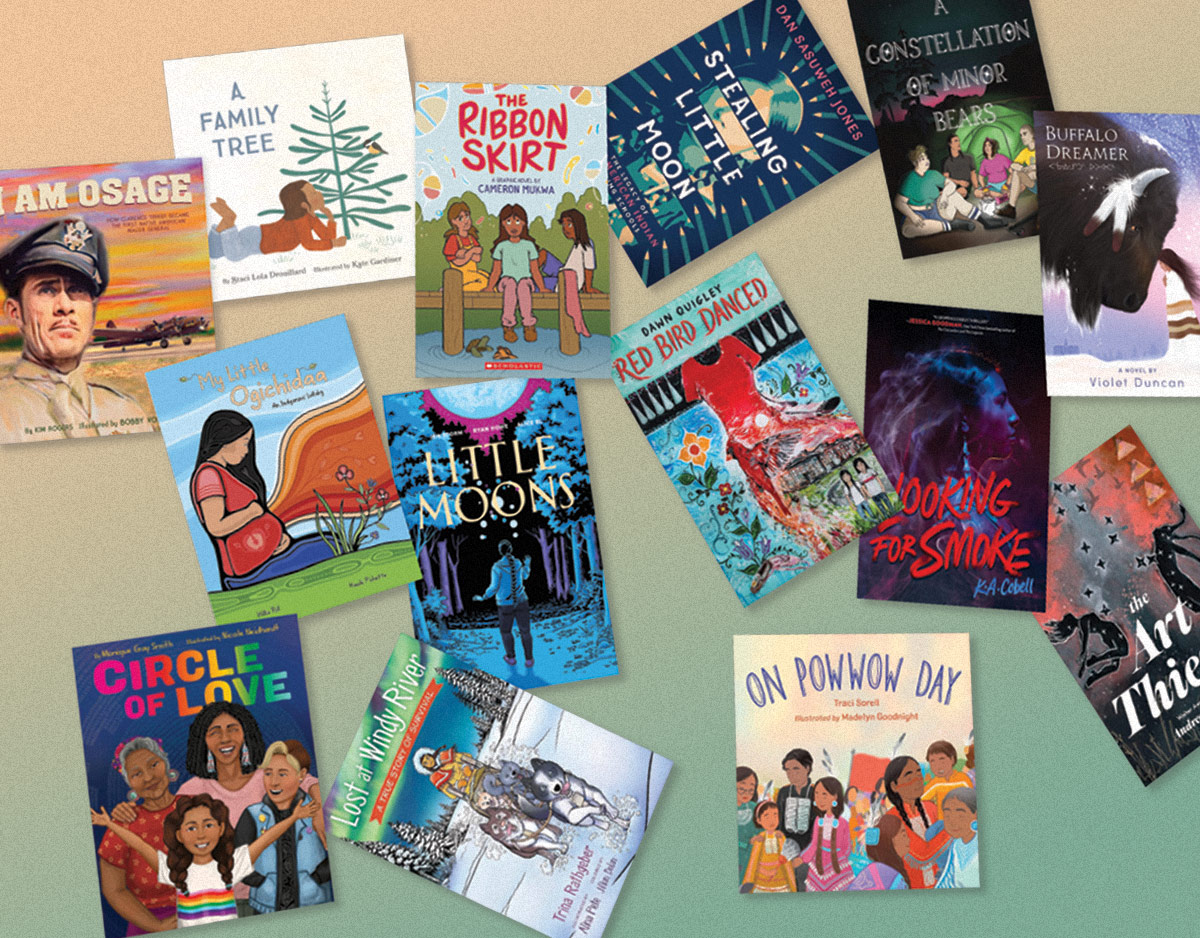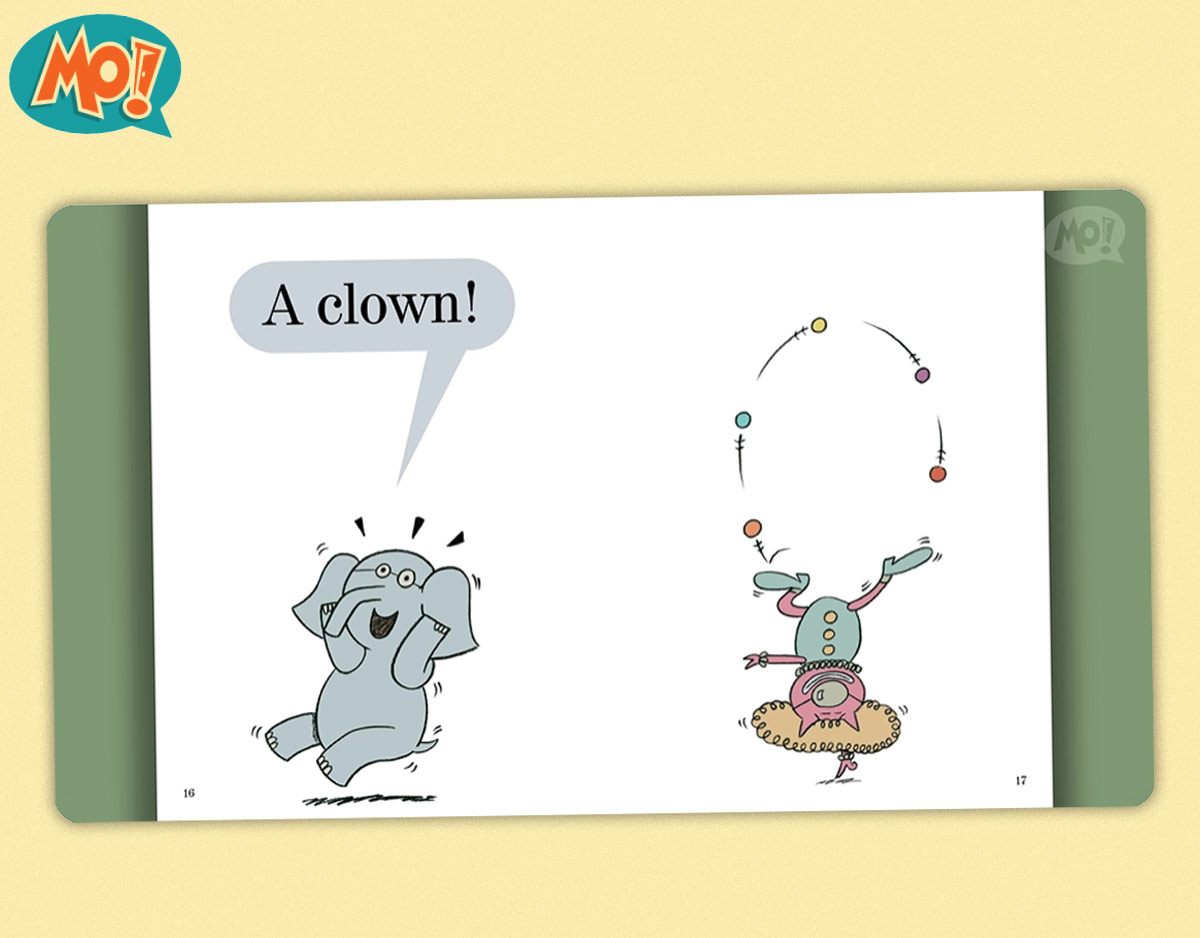SCROLL DOWN TO READ THE POST
Why At First I Didn’t Think I Could Write About ‘Citizen Hearst’
Yesterday Citizen Hearst was released on DVD, and I think it could make a fine resource for media specialists who want to focus on the study of mass media itself. Public performance rights are available for schools, and screening it would certainly provide a sense of how newspaper, magazine, and broadcast journalism have changed (or in some ways haven’t changed) over the last century and more. In fact, by choosing as its subject matter the “Hearst Empire” from its origins to the present day, this doc by acclaimed filmmaker Leslie Iwerks does something that I like very much, which is not consider each medium in isolation. For example, comics and newspapers have enjoyed an important relationship both commercially and culturally, and it’s just one of the interesting topics covered in the course of Citizen Hearst.
So why, then, am I so on the fence about recommending this well-produced and often engaging film? And to make matters even more confusing, why does this hesitancy of mine exist despite my opening contention that Citizen Hearst “could make a fine resource for media specialists”?
ADVERTISEMENT
ADVERTISEMENT
The answer lies in that tell-tale could. You see, I think it all depends on how much any given educator or librarian would want to use a “critical media literacy” pedagogical strategy not only to the various topics, but to the doc itself. That’s because it functions very much as an authorized biography—as such, it features some neat insider-y content, but also an overall approach that feels like it’s been way too validated by its very subject. And the subject in this case is, of course, the Hearst Corporation, a still mighty media giant that, among other holdings, owns a 50% stake in the Biography Channel, the station that aired Citizen Hearst. Indeed, the overall tone of the doc is self-congratulatory, with very little attention paid to, say, the risks of media consolidation in the first place.
The end result is the kind of moving-image love letter that gets screened at company holiday parties; the only difference is one of scale, as we’re treated not just to a year of proud accomplishments, but decade upon decade of them. The irony, if you want to call it that, is that critical or even just opposing voices are missing in a way that professional journalists would routinely avoid in the interest of providing balance. Sure, the general stance can be positive, but to ignore the negative entirely is something else again.
So… yeah, consider Citizen Hearst for school or library acquisition—but only if you feel that you or others can bring a critical sensibility to the text as well as some necessary background about the doc itself. If you can do that, you’d actually have the makings of a very interesting teaching-and-learning opportunity. However, if you can’t, you’d have the exact opposite.
Filed under: Comics, Media Literacy, Print Media, Social Studies, Television
About Peter Gutierrez
A former middle school teacher, Peter Gutierrez has spent the past 20 years developing curriculum as well as working in, and writing about, various branches of pop culture. You can sample way too many of his thoughts about media and media literacy via Twitter: @Peter_Gutierrez
ADVERTISEMENT
SLJ Blog Network
The Best Children’s Books of 2024 (According to Amazon)
Fuse 8 n’ Kate: My Friend Rabbit by Eric Rohmann
Exclusive: Random House Graphic to Launch Global Comic Line Ink Pop | News
Mysteries and the Teenage Search for Identity, a guest post by Jan Gangsei
The Classroom Bookshelf is Moving
Gayle Forman Visits The Yarn!
ADVERTISEMENT
ADVERTISEMENT








